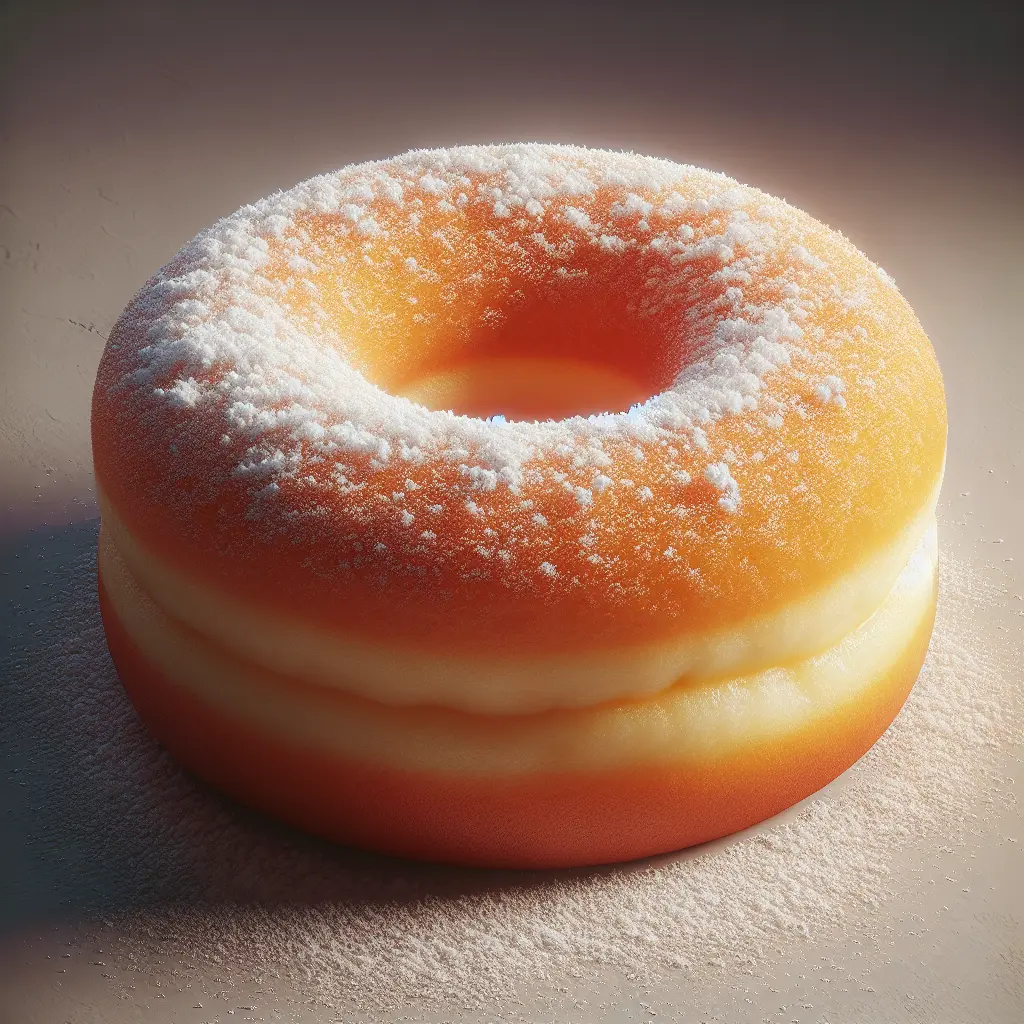The History of Cake Donuts: A Culinary Journey
Cake donuts, with their fluffy interiors and delectable glazes, have a rich and storied history. Their origins can be traced back to the Dutch olykoeks, a deep-fried dough that was a popular treat in the 19th century. These early donuts were typically round and had a dense, cake-like texture.
Over time, as olykoeks migrated to America, they underwent a transformation. German immigrants introduced the concept of cutting the dough into rings, creating the familiar donut shape. The addition of yeast to the dough resulted in a lighter, airier texture, and the introduction of various glazes and toppings added a layer of sweetness and indulgence.
The Science of Cake Donuts: A Symphony of Ingredients
Cake donuts are a culinary masterpiece, a harmonious blend of ingredients that creates a symphony of flavors and textures. The primary components include flour, sugar, eggs, milk, butter, and yeast. The flour provides the structure, while the sugar adds sweetness and helps create the signature golden-brown crust. Eggs contribute to the richness and tenderness of the crumb, and milk adds moisture and helps activate the yeast. Butter adds flavor and richness, and yeast is responsible for the fluffy, airy texture that is synonymous with cake donuts.
The process of making cake donuts is a delicate dance of precision and timing. The ingredients are carefully combined and kneaded until a smooth, elastic dough is formed. The dough is then allowed to rise, giving the yeast time to work its magic and create air pockets that will result in a light and fluffy texture. Once risen, the dough is cut into rings and deep-fried in hot oil. The high temperature of the oil cooks the donuts quickly, creating a crispy exterior and a tender, fluffy interior.
A World of Flavors: Exploring the Versatility of Cake Donuts
Cake donuts are a canvas for culinary creativity, offering a seemingly endless array of flavors and glazes. Classic glazed donuts, with their simple yet irresistible sugar glaze, remain a timeless favorite. However, modern donut enthusiasts can indulge in a myriad of tantalizing creations, from decadent chocolate-covered donuts to fruit-filled pastries and even savory varieties.
The versatility of cake donuts extends beyond their flavors. They can be adorned with an assortment of toppings, from sprinkles and chopped nuts to drizzles of caramel or chocolate sauce. Whether you prefer a classic glazed donut or a more elaborate creation, there is a cake donut out there to satisfy every craving.
The Nutritional Value of Cake Donuts: A Sweet Treat in Moderation
While cake donuts are a delicious and indulgent treat, it's important to be mindful of their nutritional value. A single cake donut typically contains around 300 calories, along with significant amounts of sugar and fat. However, donuts can also provide some essential nutrients, such as protein and fiber.
Enjoying cake donuts in moderation can be part of a balanced diet. The key is to savor each bite and to be mindful of portion sizes. By incorporating cake donuts into your diet sparingly, you can satisfy your sweet tooth without compromising your overall health.
Conclusion: The Enduring Appeal of Cake Donuts
Cake donuts have captured our hearts and taste buds for generations. Their fluffy texture, delectable glazes, and endless flavor possibilities have made them a beloved treat that transcends time and trends. Whether enjoyed as a morning pick-me-up, an afternoon snack, or a sweet dessert, cake donuts continue to bring joy and indulgence to our lives.
How many calories are in Cake Donut?
Each 1 doughnut of Cake Donut contains 308 calories.
Cake Donut Nutritional Information
| Nutrient | Amount per 1 doughnut (71g) |
|---|---|
| Calories | 308 Calories |
| Protein | 3.8g |
| Fat | 18g |
| Saturated Fat | 7.9g |
| Cholesterol | 0.0071mg |
| Carbohydrates | 33g |
| Dietary Fiber | 1.2g |
| Sugar | 13g |
| Sodium | 0.339mg |
| Potassium | 0.0951mg |
| Calcium | 0.028mg |
| Iron | 0.0018mg |
